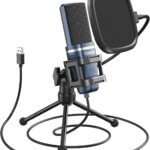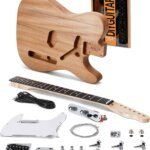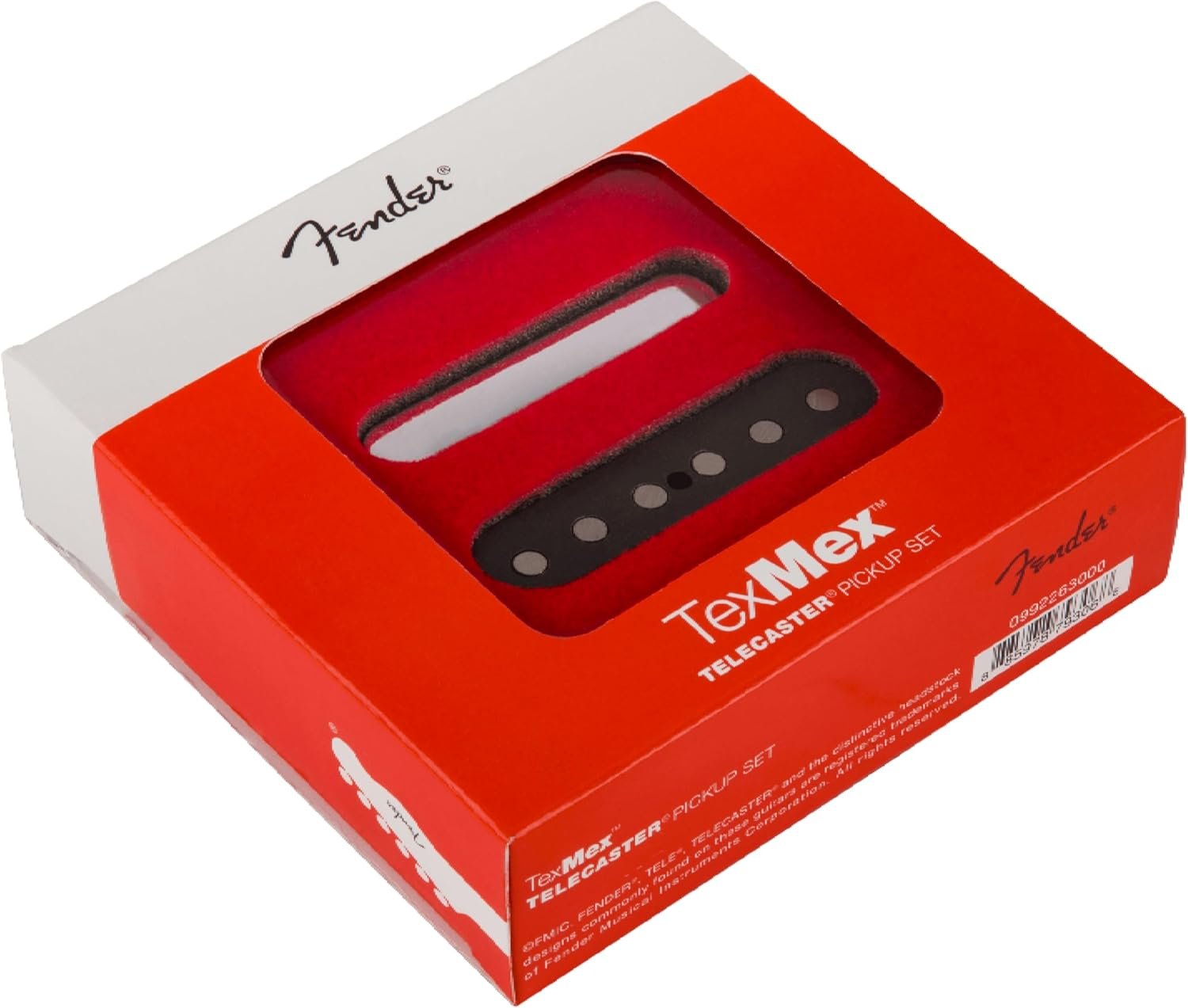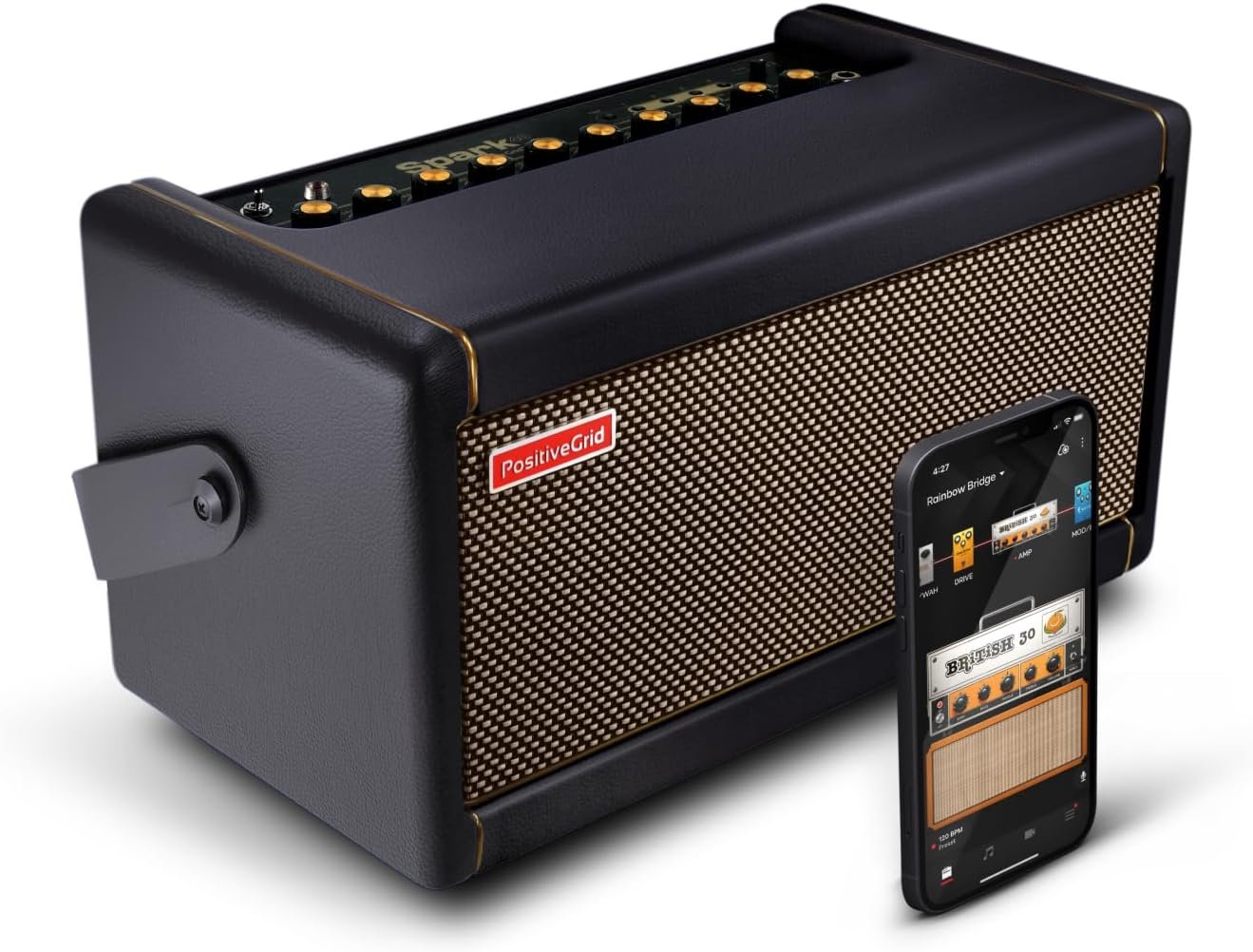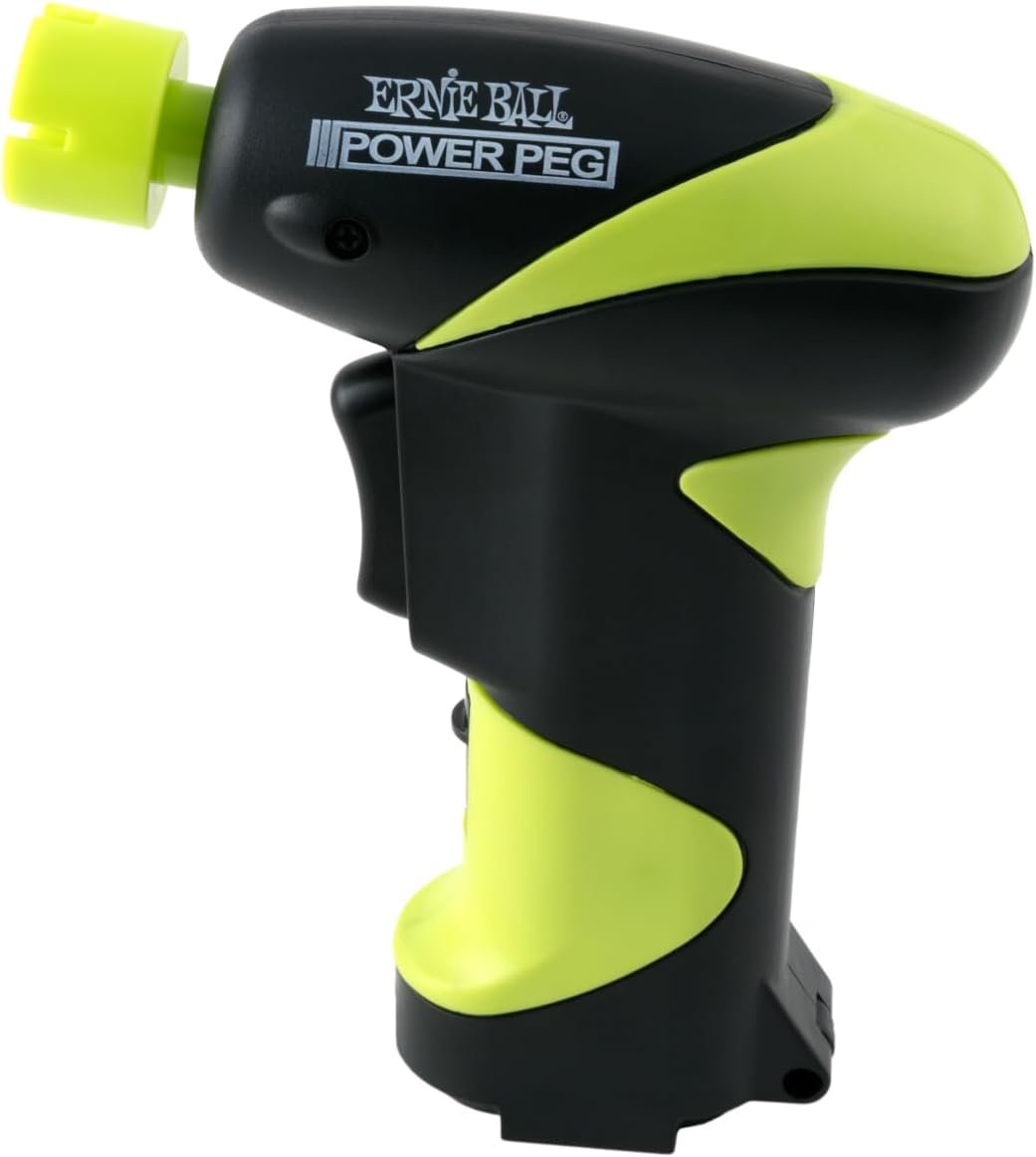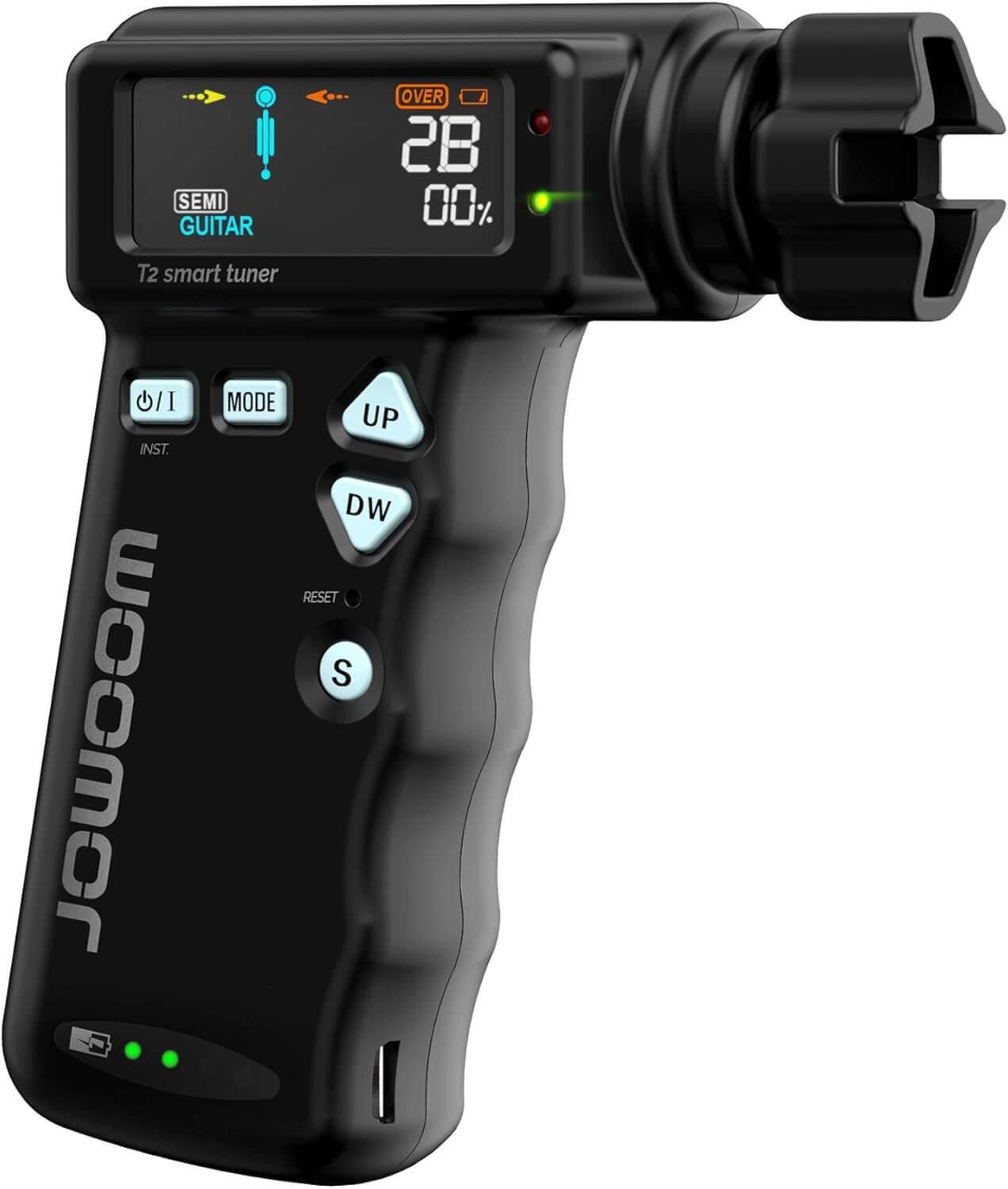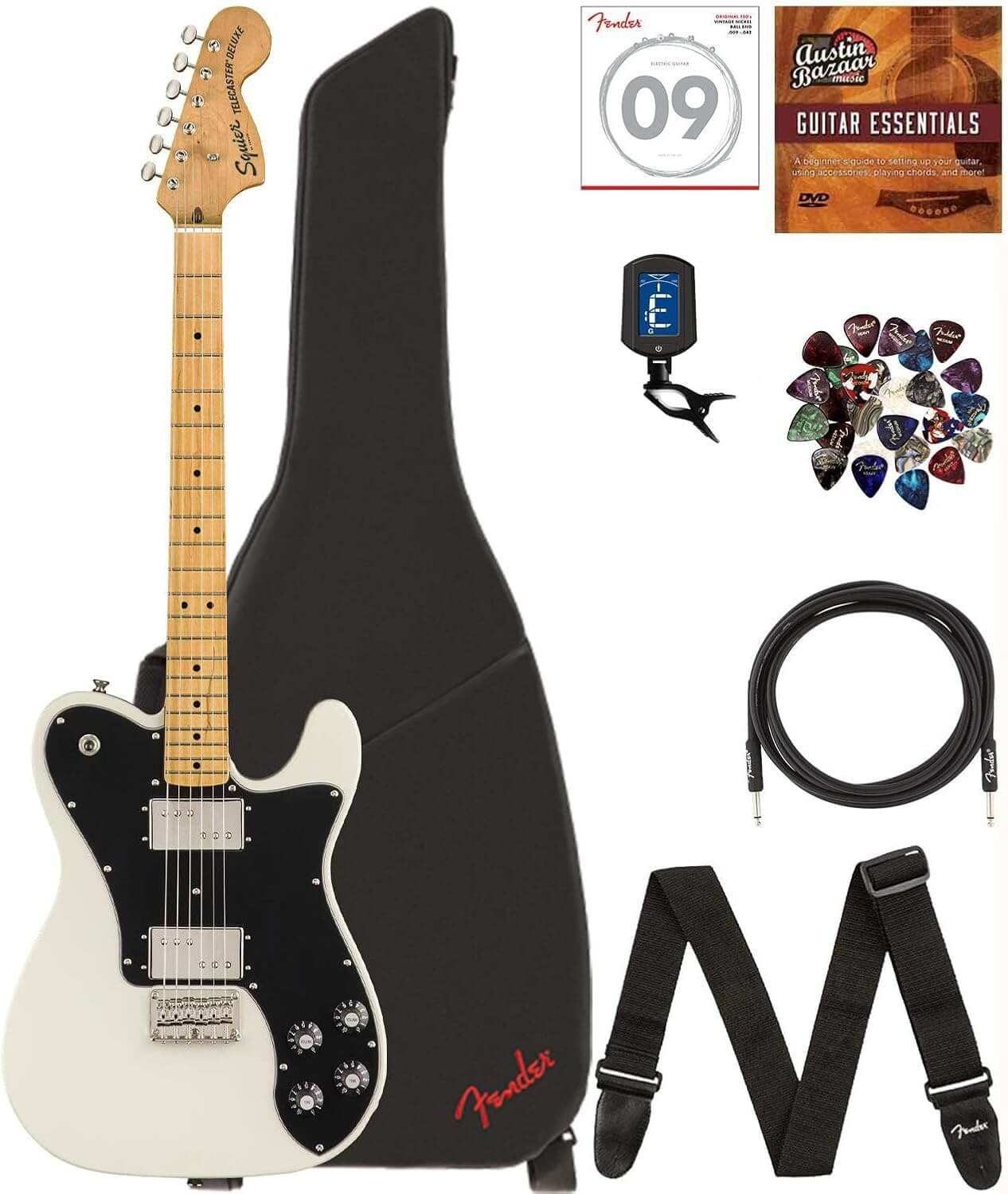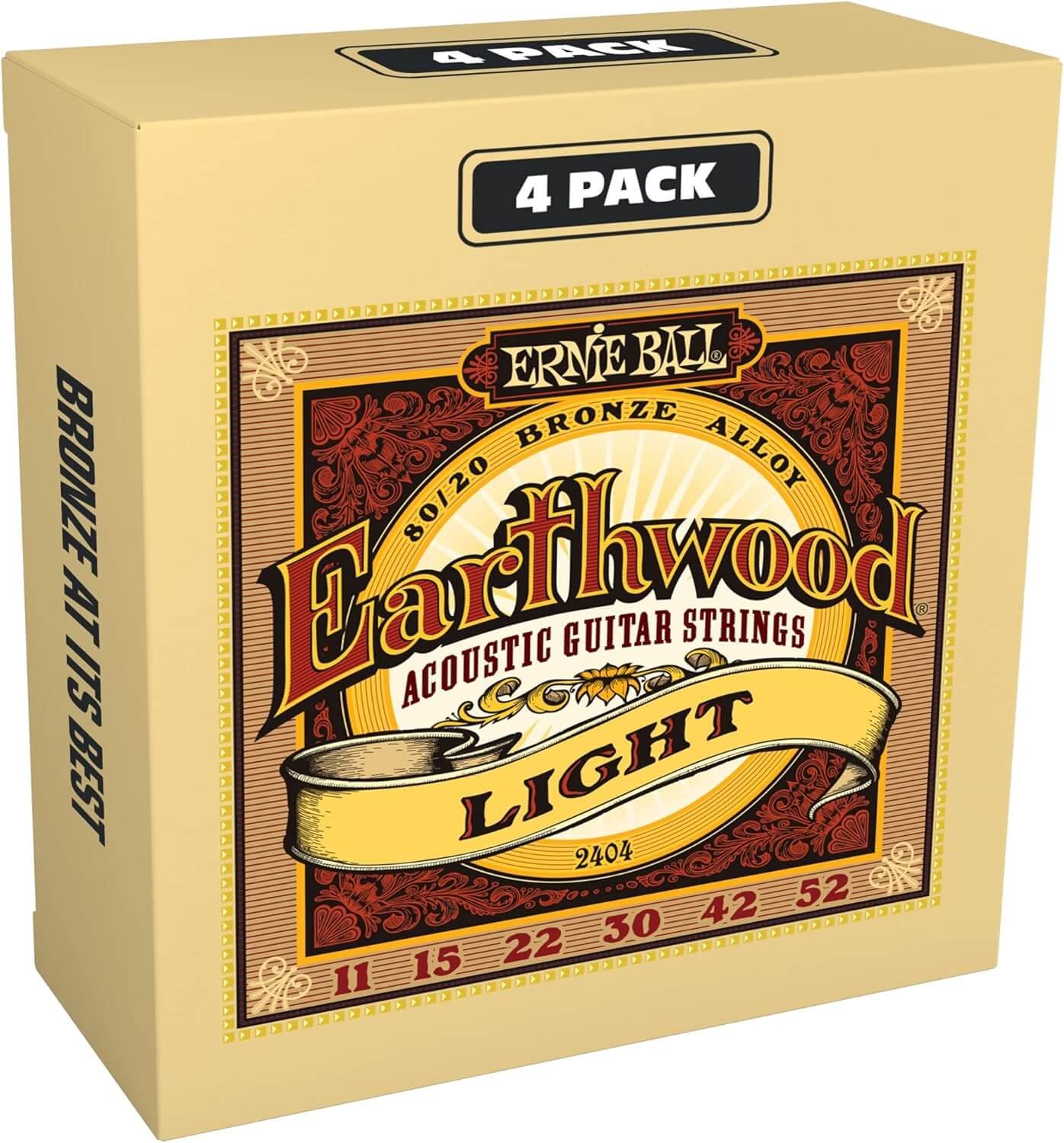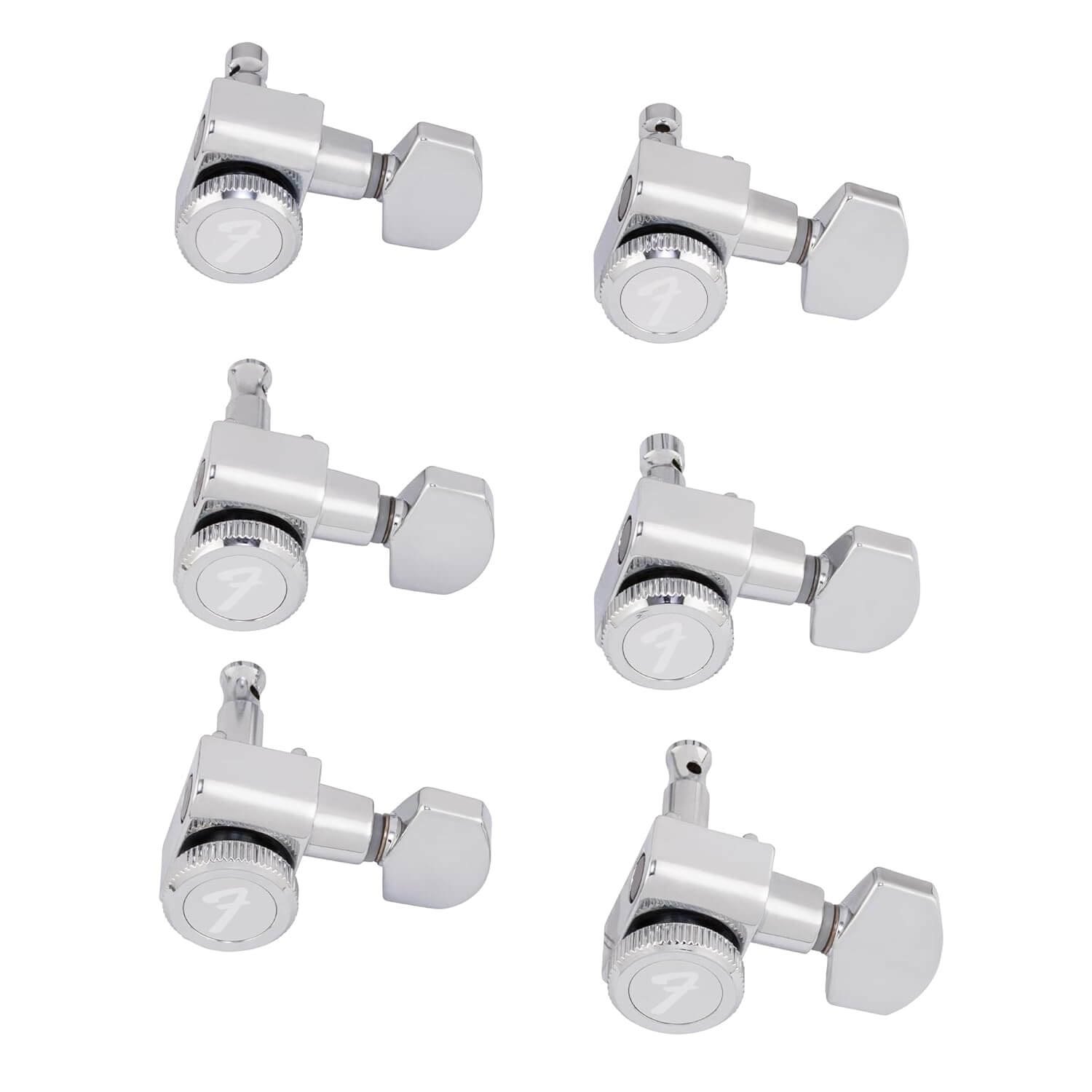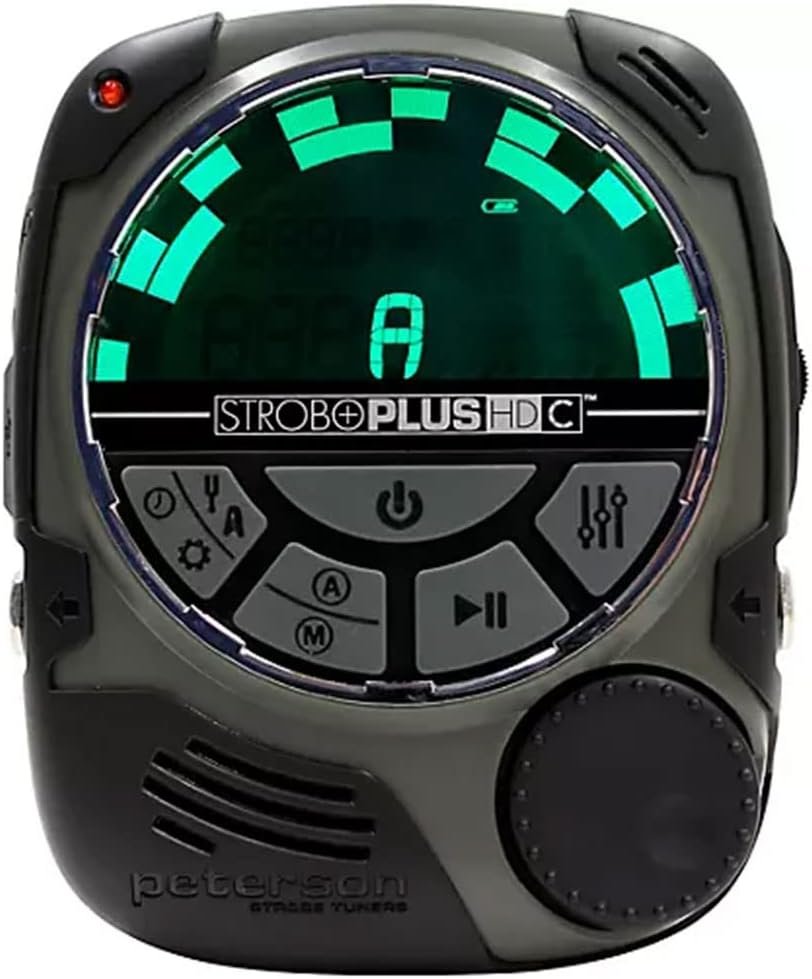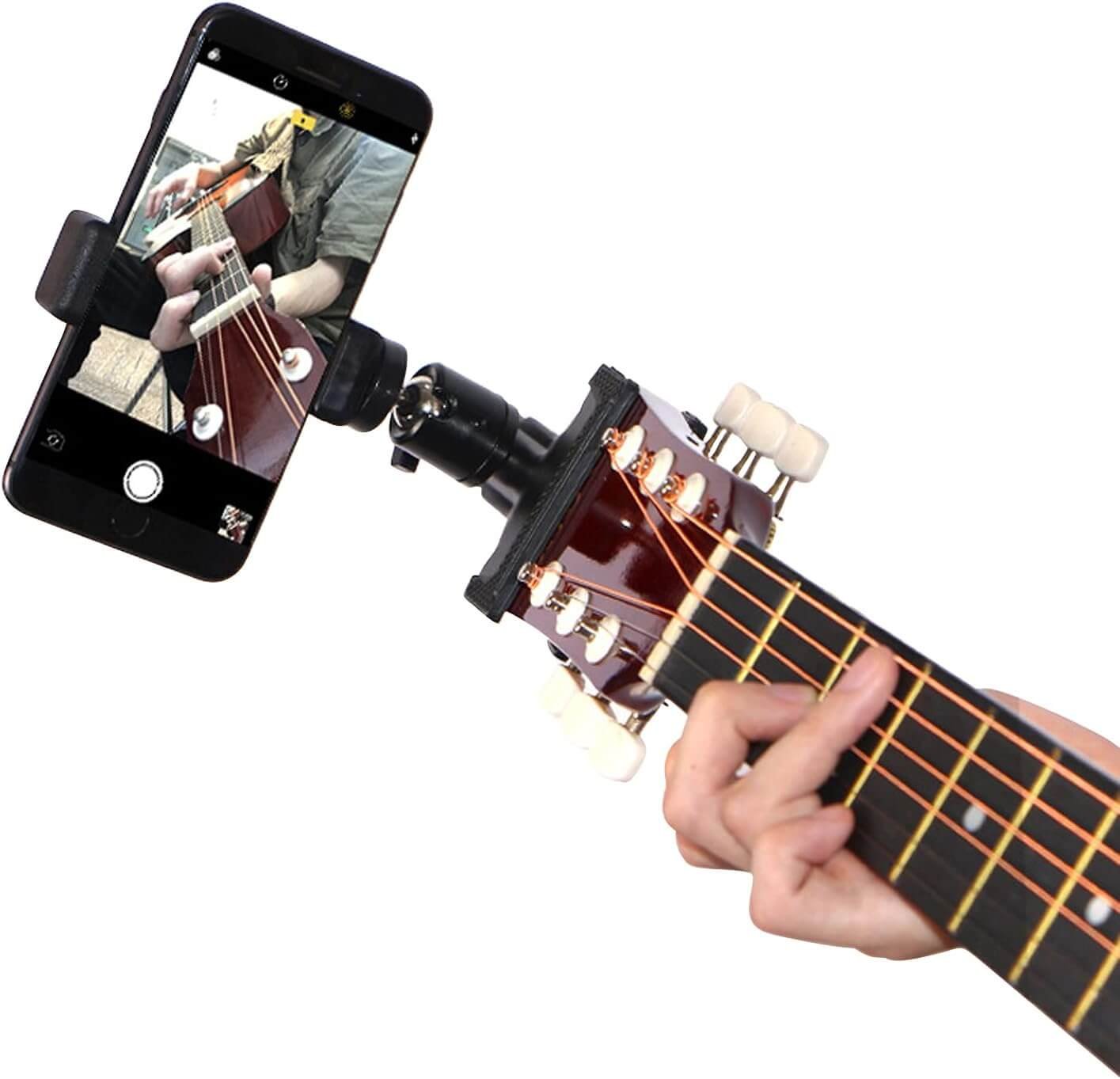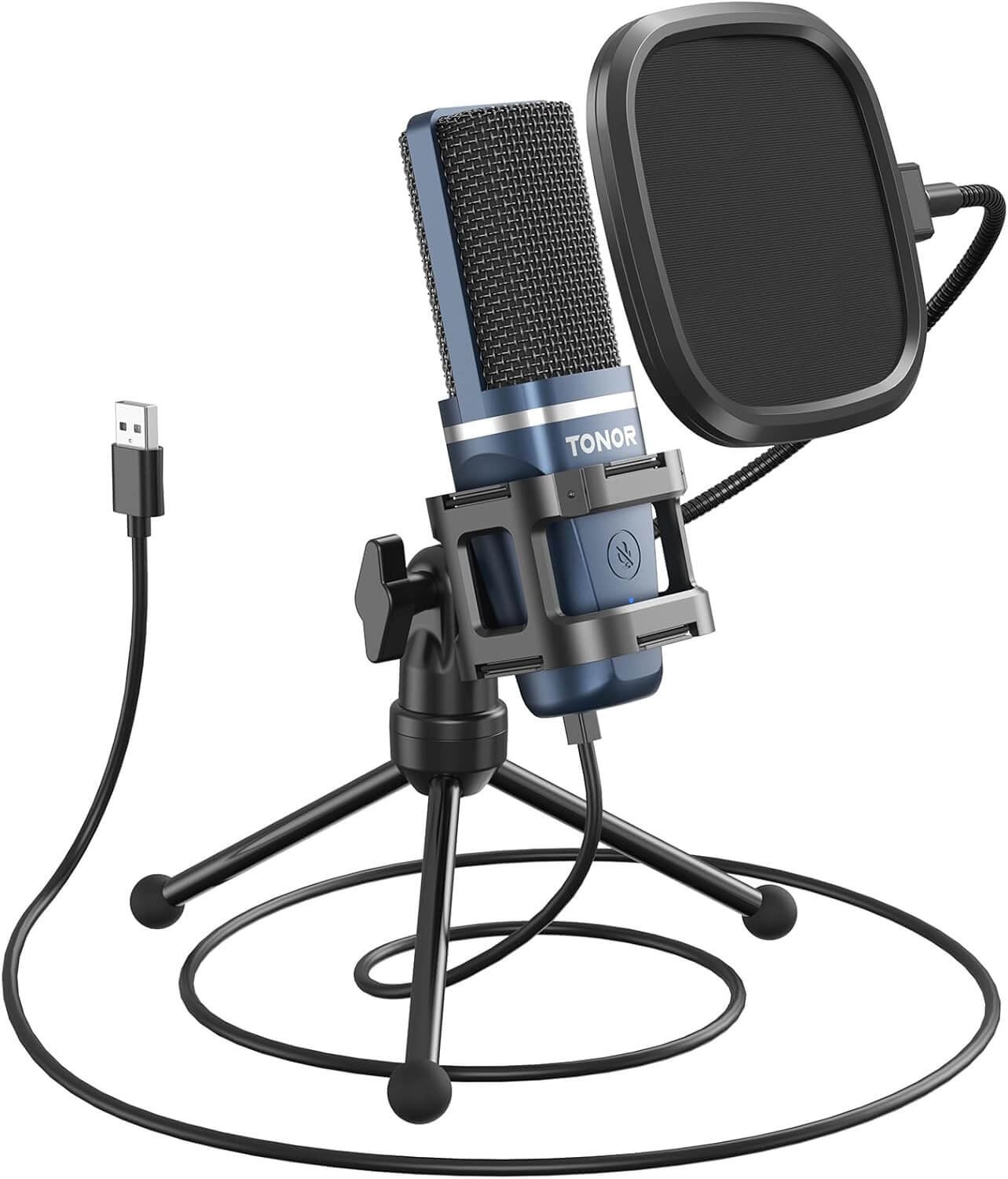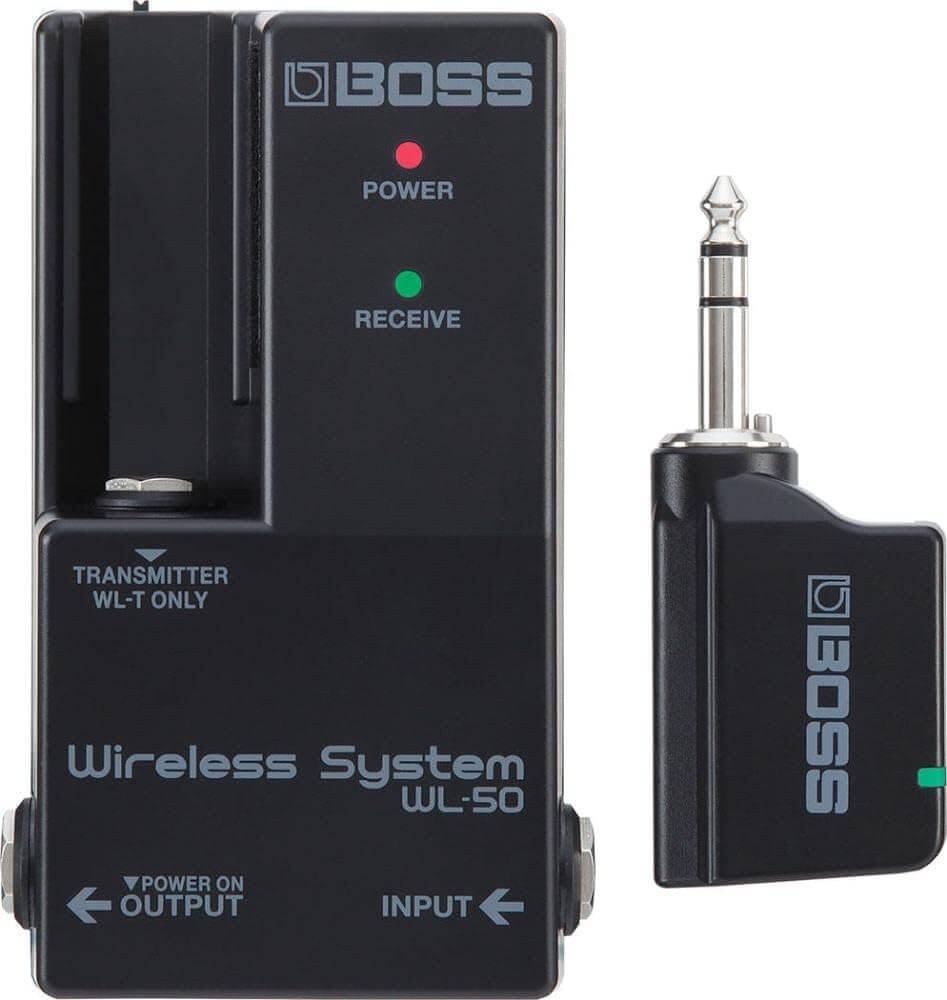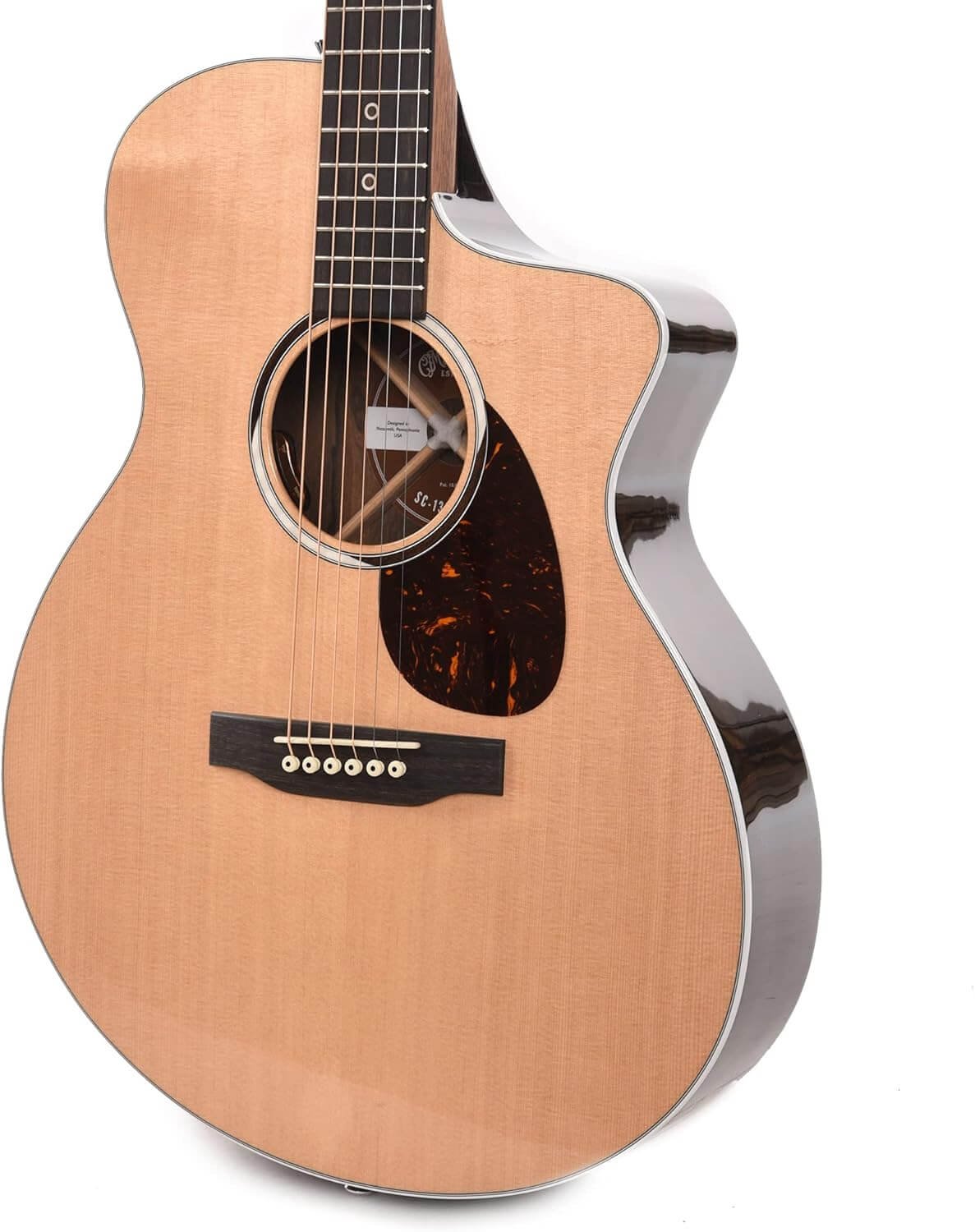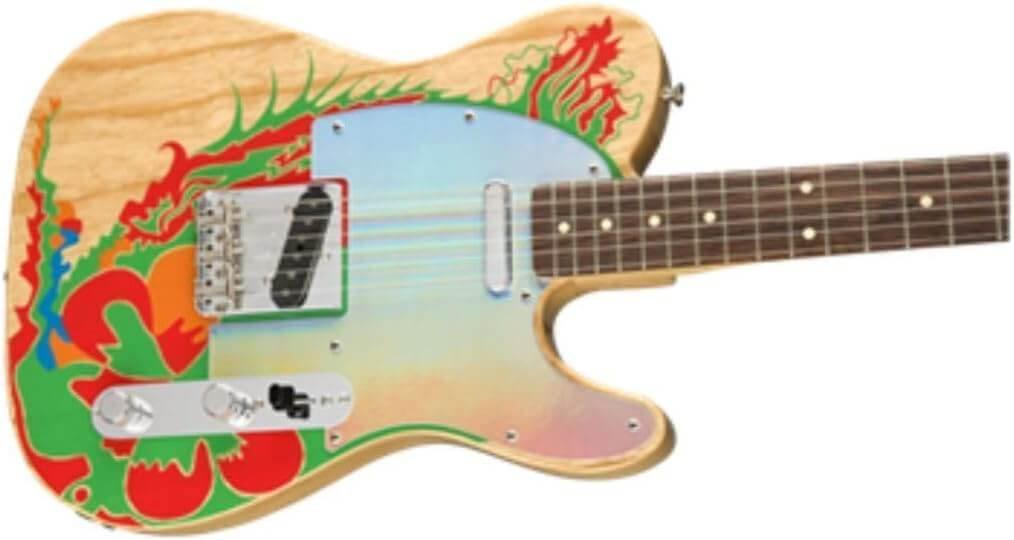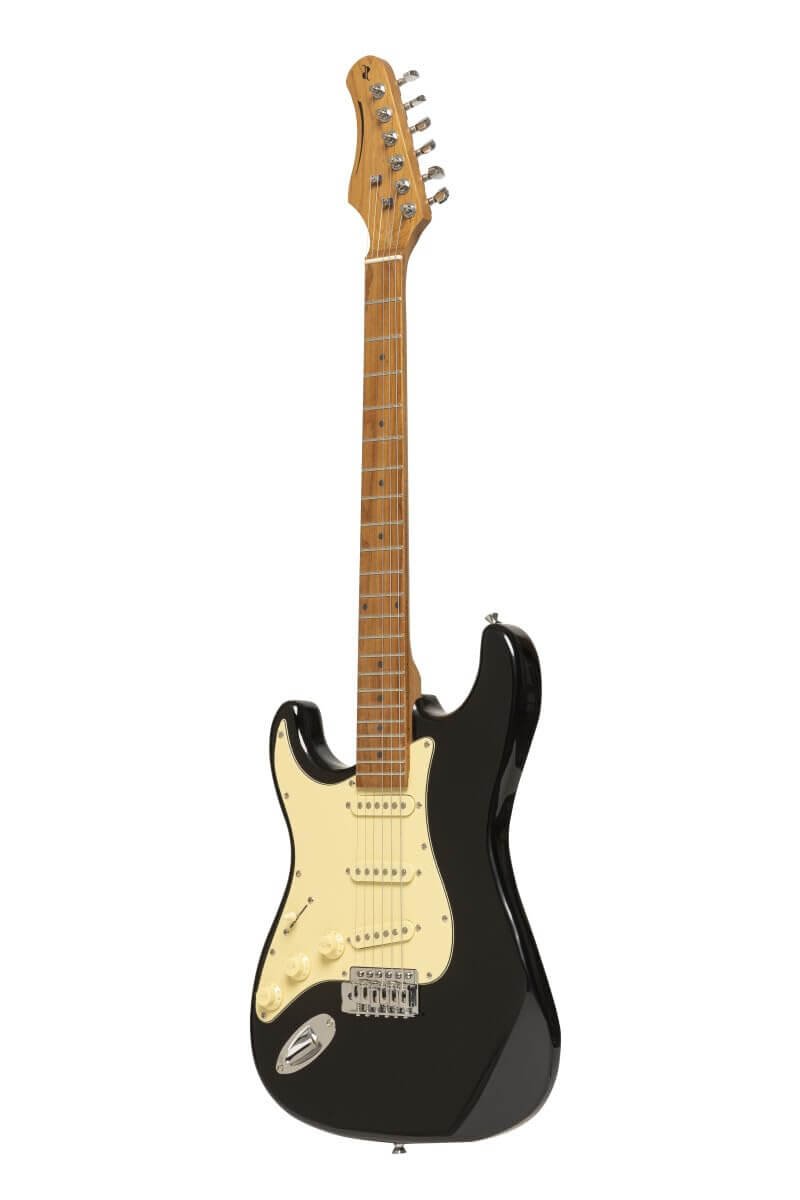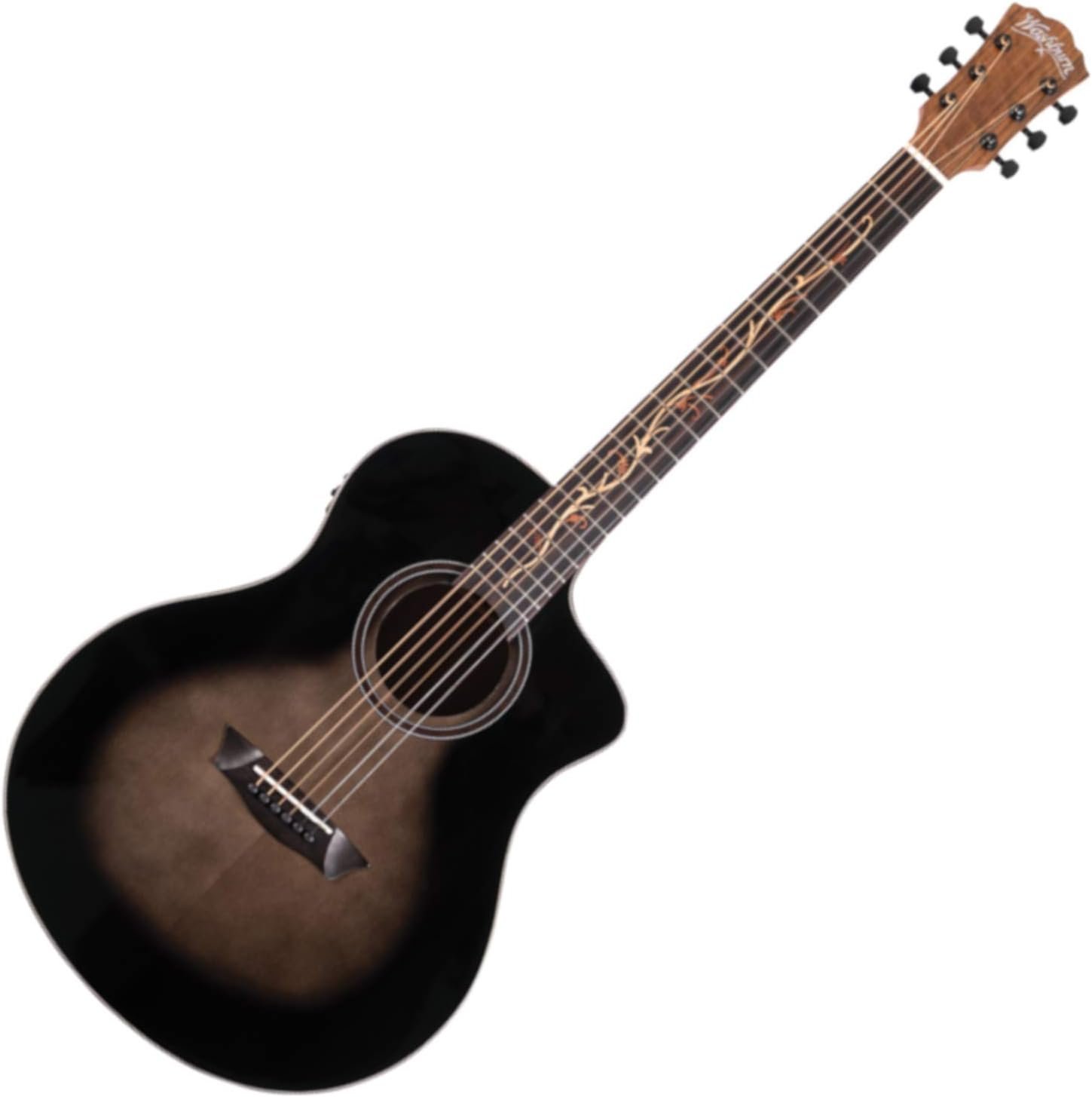Introduction to Wireless Guitar Systems
Wireless guitar systems have become an integral part of modern music performance, offering musicians the freedom and flexibility to move unhindered while delivering high-quality sound. These systems replace traditional wired connections with advanced wireless technology, allowing guitarists to focus on their performance without the physical limitations imposed by cables. As musicians take center stage, the ability to roam freely enhances creativity and stage presence, making wireless systems an attractive option for both amateur and professional performers.
One of the most significant advantages of a wireless guitar system is the elimination of cable clutter, which can be a nuisance during live performances. Cables can become tangled and create hazards for both musicians and audience members alike. Wireless technology simplifies setup and breakdown processes, enabling quick transitions between performances. The convenience of not being tethered to an amplifier provides artists the opportunity to engage more dynamically with their audience, creating a more immersive experience for everyone involved.
Among the various types of wireless guitar systems available, UHF (Ultra High Frequency) systems have gained immense popularity due to their enhanced audio performance and reliability. UHF systems, such as the highly regarded F40 model, offer superior signal transmission and less susceptibility to interference. This results in clearer audio quality and a more consistent performance, even in environments crowded with other electronic devices. The technological advancements in UHF systems have made them accessible to a wider range of musicians, further solidifying their place in contemporary music settings.
As the music industry continues to evolve, the adoption of wireless technology reflects a growing trend among guitarists to embrace innovative solutions and improve their artistic expression. Whether performing on stage or practicing in a personal space, a UHF wireless guitar system provides the necessary tools to enhance both mobility and sound quality, ultimately transforming the musicians’ overall experience.
Key Features of the F40 UHF System
The F40 UHF Wireless Guitar System presents a range of exceptional features that cater to the needs of both amateur and professional musicians. One of the most notable aspects is its impressive 260-foot range, allowing performers unprecedented freedom of movement during their sets. This extensive range is particularly advantageous for live performances, enabling guitarists to engage with their audience without the constraints of cables. The capacity to move freely enhances the overall stage presence, making performances more dynamic and engaging.
In addition to the generous range, the F40 system incorporates 32 selectable channels. This versatility is key in minimizing interference, especially in environments where multiple wireless systems might be employed. Musicians can quickly switch between channels to find the clearest signal, ensuring a stable connection during performances. This feature significantly contributes to the reliability of the UHF wireless guitar system and improves the overall sound quality, allowing artists to focus on their performance without technical distractions.
An essential feature of the F40 is its dual volume control, which grants users the ability to tailor their sound to fit various performance scenarios. Whether playing in a small venue or a large concert hall, the capacity to adjust both the guitar and transmitter volumes separately ensures an optimal listening experience for the audience. Musicians can fine-tune their settings to match their style, which is crucial for delivering a polished performance.
Collectively, these standout features of the F40 UHF Wireless Guitar System greatly enhance the user experience. The range, channel selection, and volume control work together to provide musicians with the flexibility and reliability needed to perform confidently. As such, the F40 is an excellent choice for anyone seeking to elevate their musical performances, be it in professional settings or more casual environments.
Why Choose a UHF Wireless System?
When selecting a wireless system for musical instruments, the UHF wireless guitar system stands out for several compelling reasons. First and foremost, UHF (Ultra High Frequency) systems operate within a frequency range that is less congested compared to VHF (Very High Frequency) counterparts. This feature makes them particularly adept at functioning in crowded environments, where numerous devices may compete for signal space. Studies indicate that UHF systems can minimize interference, offering musicians a reliable connection even in settings with high signal traffic.
Additionally, UHF wireless systems are known for their superior sound quality. The transmission capabilities of UHF allow for a clearer and more detailed audio signal, resulting in less dropout. This means musicians can perform without the worry of audio interruptions, maintaining their creative flow and providing a better experience for audiences. Many professional musicians have reported that UHF systems deliver a more faithful representation of their instruments, which is essential for those needing high fidelity in their performances.
UHF wireless systems are also highly versatile, making them suitable for various types of instruments, including electric guitars, basses, and even brass or woodwind instruments. Musicians who perform in different genres can benefit from the consistency and reliability of UHF systems. According to testimonials from industry professionals, many have expressed a strong preference for UHF systems when selecting equipment for tours and studio recordings due to their robust performance and flexibility in diverse performance settings.
Statistics support the effectiveness of UHF systems as well, with reports showing that they minimize dropout rates by approximately 30% compared to other wireless systems, making them a favorite choice among serious musicians. With their ability to operate effectively in challenging environments, along with enhanced sound quality and versatility, choosing a UHF wireless guitar system becomes an informed decision for any musician.
Benefits of Rechargeable Technology
The integration of rechargeable technology into the UHF wireless guitar system, particularly with models like the F40 wireless system, offers several notable benefits that are appealing to musicians. One of the most significant advantages is the eco-friendly aspect of not having to rely on single-use batteries. Traditional battery-operated systems often contribute to environmental waste, as used batteries end up in landfills. By contrast, rechargeable systems reduce this impact, promoting sustainability in the music industry.
Cost-effectiveness is another compelling benefit of rechargeable technology. While the initial investment in a UHF wireless guitar system may be higher than that of a standard system, the long-term savings realized by avoiding continual battery purchases can be substantial. Musicians can redirect these savings towards other essential gear or experiences related to their craft.
The convenience of recharging also aligns well with the needs of musicians. With the rechargeable F40 system, artists can effectively manage their performance schedules without the anxiety of battery depletion. The extended playtime features of these wireless systems allow for longer practice and performance sessions, ensuring that musicians remain engaged without frequent interruptions for battery changes.
Furthermore, the practicality of various recharging options enhances the overall user experience. Whether through USB connections or specialized docking stations, musicians have flexible charging solutions that can easily fit into their workflows. This adaptability not only saves time but also allows for seamless transitions from practice to performance, ensuring that musicians remain focused on their artistry rather than technical concerns. Ultimately, the benefits offered by rechargeable technology in UHF wireless guitar systems make them a valuable asset for any musician striving for efficiency and reliability.
How to Set Up the F40 System
Setting up the F40 UHF Wireless Guitar System is a straightforward process that enables musicians to enjoy the freedom of movement while performing. To begin, you will need the F40 wireless transmitter and receiver, your guitar, a suitable audio amplifier, and an optional set of audio cables.
First, connect the receiver to your amplifier. Use a 1/4” audio cable to link the output jack of the receiver to the input jack of your guitar amplifier. Ensure that the amplifier is powered off during this connection process to avoid any electrical issues. Once connected, power on the amplifier.
Next, proceed to prepare the wireless transmitter. Plug the transmitter into the output jack of your guitar. If your setup includes a wireless system with external power requirements, make sure to insert fresh batteries into the transmitter before establishing the connection. It is recommended to use high-quality rechargeable batteries for optimal performance and duration.
Now, turn on both the transmitter and receiver. Look for a synchronization button on the transmitter; this will allow the transmitter to search and pair with the receiver. Once the devices are paired, you should see indicator lights showing that the connection is established successfully.
In the basic configuration settings, adjust the volume levels on both the amplifier and the receiver to a medium range. This prevents any sudden audio spikes that could damage your equipment or affect your performance. As a tip, ensure that both transmitter and receiver antennas are extended properly to maximize range and signal clarity.
Finally, to optimize the performance of your F40 UHF Wireless Guitar System, avoid placing the receiver near potential sources of interference, such as metal objects or electronic devices. It’s advisable to test the setup in various performance environments to assess the sound quality and operational stability.
Real-World Applications for Musicians
The UHF wireless guitar system has revolutionized the way musicians perform, practice, and record by providing unparalleled freedom of movement and convenient sound quality. Across various genres, artists have embraced these systems, including the F40 model, to enhance their live performances, studio recordings, and practice sessions.
In live music venues, rock guitarist Sarah Miller attests to the significance of a reliable UHF wireless guitar system. During a high-energy concert, she maximizes her stage presence by moving freely without being hindered by cables. “With the F40 system, I can engage with the audience, roam the stage, and ensure my performance feels spontaneous,” she notes. Many other artists echo her sentiment, illustrating how these systems allow for a more dynamic and engaging live experience.
Similarly, jazz guitarist Tom Ellis has utilized the UHF system during intimate club performances. His ability to move amongst the audience while maintaining crystal-clear audio has transformed the way he connects with listeners. “It’s not just about playing; it’s about the interaction,” Tom explains. The use of a UHF wireless guitar system lets him improvise and share his music without any playback restrictions.
In studio settings, UHF systems also provide significant advantages. Singer-songwriter Mia Chang recounts a recording session where unexpected studio positioning led her to rely on such technology. “The UHF wireless system ensured that even moving around different mic setups, my sound remained consistent and high-quality,” she shares. This flexibility in recording contributes to more creative expression and results in a more approachable sound.
These anecdotes underscore the adaptability and reliability of the UHF wireless guitar system across various applications. Whether performing live or recording in a studio, musicians find that such systems provide both freedom and quality, enhancing their artistry and overall performance experience.
Competing Products: How Does the F40 Compare?
When considering a UHF wireless guitar system, musicians often encounter a plethora of options available in the market, making the decision process somewhat daunting. Among these various systems, the F40 UHF Wireless Guitar System stands out for its remarkable balance of features, performance, and pricing. To better understand its position in the marketplace, a comparative analysis of the F40 against competing products can be beneficial.
One notable competitor is the Xvive U3, known for its compact design and affordability. In terms of features, while the Xvive U3 provides a hassle-free plug-and-play setup, it falls short in terms of range when compared to the F40, which boasts an impressive operating range of up to 100 meters. This extensive range allows musicians greater freedom during performances, a significant advantage for those who prefer mobility on stage.
Another competitor is the Shure GLXD16, which is often celebrated for its digital reliability and superior sound quality. Although the Shure system presents excellent performance metrics, its higher price point can be a barrier for many guitarists, especially beginners. In contrast, the F40 offers professional-grade sound quality without breaking the bank, making it a compelling option for both novice musicians and seasoned performers.
Usability is another critical factor to consider. The F40 is designed with user-friendliness in mind, featuring intuitive controls and a straightforward setup process that can be completed in minutes. This is particularly advantageous for musicians who may not be tech-savvy. Competitors like the Line 6 Relay G10 also provide ease of use but may fall short in terms of range and dynamic performance.
Ultimately, the F40 UHF Wireless Guitar System presents a well-rounded choice for guitarists seeking reliable wireless performance. Its balance of affordability, extensive range, and straightforward usability gives it a competitive edge, making it a standout option among similarly designed products in the audio transmission market.
User Feedback and Reviews
The F40 Wireless Guitar System has garnered significant interest among musicians, leading to a variety of user feedback and reviews. Many performers have praised its exceptional performance and reliability, making it a favored choice for both live performances and studio recordings. Users frequently commend the seamless transmission and consistent audio quality, even at longer distances. This feature is particularly appealing for guitarists who require mobility during their performances.
Setup ease is another prominent theme highlighted in user reviews. Many users have reported that the F40 allows for quick and straightforward installation, with plug-and-play functionality that minimizes technical hurdles. First-time users have expressed appreciation for the intuitive design, which facilitates swift adjustments and monitoring during performances. Such features not only enhance the user experience but also contribute to the overall effectiveness of the uhf wireless guitar system.
Sound quality has also been a major talking point in user feedback. Many players noted that the F40 maintains crystal-clear audio signals without noticeable latency or degradation, qualities that are essential for professional performances. Users have highlighted the system’s ability to preserve the natural tone of the guitar, allowing for an authentic sound experience. Despite the overwhelmingly positive reviews, there are some constructive criticisms worth mentioning. A few users have reported occasional interference in densely populated areas, suggesting that occasional signal drops could be an area for improvement. Additionally, while most users appreciate the design, a handful have expressed a desire for a more robust build quality, particularly for those who travel frequently with their equipment. These insights provide valuable social proof for potential buyers, underscoring the effectiveness of the F40 system while also indicating areas for future enhancements. Overall, the positive feedback significantly reinforces the value of the uhf wireless guitar system for musicians seeking reliability and sound quality.
Conclusion: Make the Move to Wireless
Embracing the advancements in music technology can greatly enhance a musician’s performance and overall experience. One of the most significant innovations in this domain is the UHF wireless guitar system. This technology, such as the F40 model, offers numerous benefits that can contribute to a musician’s success on stage and in practice sessions. The elimination of cords not only allows for greater freedom of movement but also minimizes the risk of tripping hazards, providing artists the liberty to engage with their audience more effectively.
The UHF wireless guitar system is known for its exceptional sound quality and reliability. Compared to traditional wired systems, which can often suffer from limitations in mobility and possible signal interference, wireless systems offer a seamless connection that can significantly enhance the listening experience. The use of ultra-high frequency (UHF) technology ensures that the audio transmitted is clear and consistent, further enabling musicians to focus on their craft without worrying about technical difficulties.
Moreover, investing in a UHF wireless guitar system can lead to a more efficient setup process during rehearsals and performances. With plugs and cables being eliminated, musicians can set up faster and concentrate on what truly matters: their music. As artists gain further independence in their movements, they can experiment with stage presence, creating a more engaging atmosphere for their audience.
In conclusion, incorporating a UHF wireless guitar system into your toolkit not only enhances your performance but also elevates your overall musicianship. We encourage you to explore available purchasing options and consider this investment for your musical journey. The benefits of transitioning to a wireless system are substantial, and the possibilities it opens up are truly limitless.


